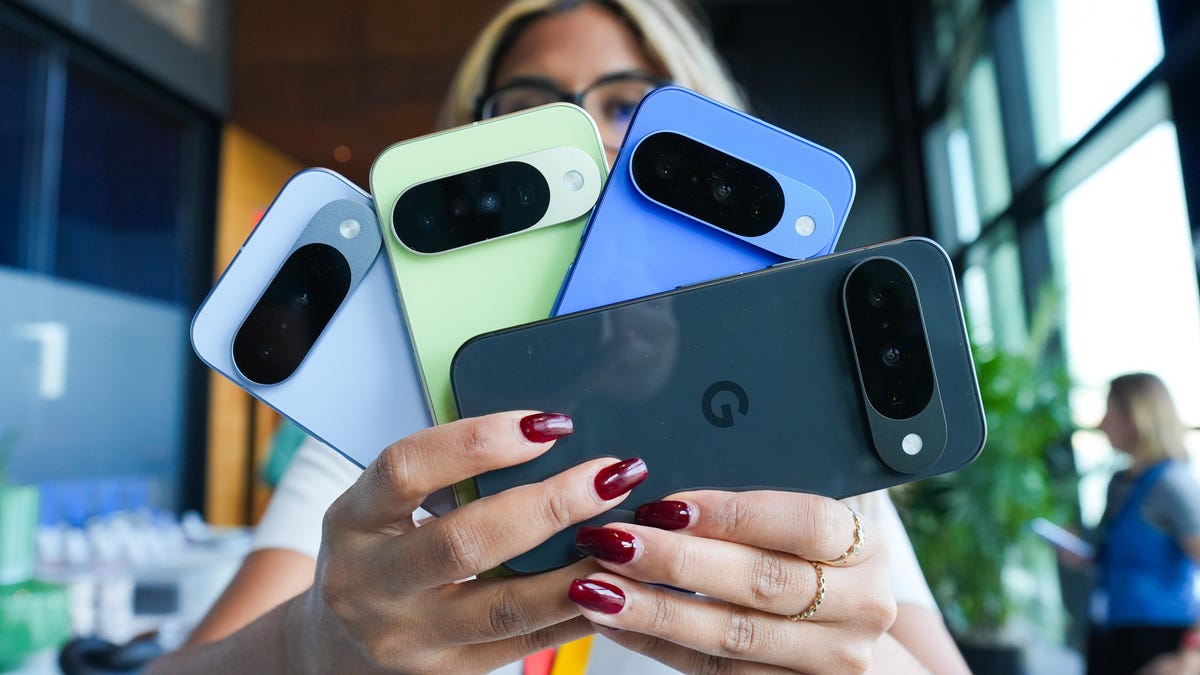Follow ZDNET: Add us as a preferred source on Google.
ZDNET’s key takeaways
- The Google Pixel 10 series in the US is losing the physical SIM card slot and going eSIM only.
- The Google Pixel 10 Pro Fold is the only exception, with a later launch date in October.
- To accommodate the networking change, Google is offering enhanced SIM-swap support.
Google just announced its latest smartphone lineup, the Pixel 10 series, and yes, on the surface, they look a whole lot like last year’s Pixel 9. However, there is one very significant change under the hood: the move toward using eSIMs only, ditching the physical SIM card entirely.
With last year’s Pixel 9 series, users had the option of having a traditional SIM card or an eSIM. With the Pixel 10, foregoing the SIM tray altogether is a rather unexpected move that might not be popular with everyone. Note that this change applies to phones in the US only.
Also: Everything announced at Made by Google 2025: Pixel 10 Pro, Fold, Watch 4, and more
So what’s the difference between the two? Traditional SIM cards — familiar to most smartphone users — are physical, removable chips associated with a single carrier and number. An eSIM (or embedded SIM) is a built-in component that’s part of the phone’s hardware.
The Google Pixel 10 Pro Fold is the only model in the US that won’t be fully converted to eSIM.
Kerry Wan/ZDNET
The benefits of an eSIM include the ability to have different profiles attached to different numbers or plans — even different carriers — on the same device, allowing for different lines for personal or business, for example.
The Pixel 10 series phones will support two eSIM “slots,” allowing for two different numbers. This is all managed by the phone’s software or by scanning a QR code, instead of extracting a chip from the device.
Also: Finally, Pixel 10 ends Android’s MagSafe envy with its new PixelSnap feature
All the new Pixel 10 models announced will move toward eSIM only, except, notably, the Pixel 10 Pro Fold, which will continue to support both forms.
It’s mostly newer phones that have gone the eSIM route, and something Apple has done since the iPhone 14 was released back in 2022. Removing the physical tray that houses a physical SIM card also frees up valuable real estate in the phone for other components, part of the continual march toward smaller and smaller devices.
A few other Androids support eSIM, including Samsung’s Galaxy S22 series, the Galaxy Z Fold 4, and Z Flip 4, among others. But as a whole, eSIM support across Android devices is an inconsistent patchwork based on different models and carriers.
Also: 5 new AI features on Pixel 10 that feel like magic
For example, older Pixel phones do support eSIM, but they’re largely limited to Google Fi — the company’s own phone carrier service. The Pixel 10, by comparison, is compatible with other carriers like Verizon.
Google is now squarely at the forefront of eSIM support on Android, as its adoption on the Pixel 10 series goes to show. The bottom line is there’s still a lot of compatibility issues to iron out in the Android ecosystem, leaving a lot of users tethered to traditional SIM cards.
